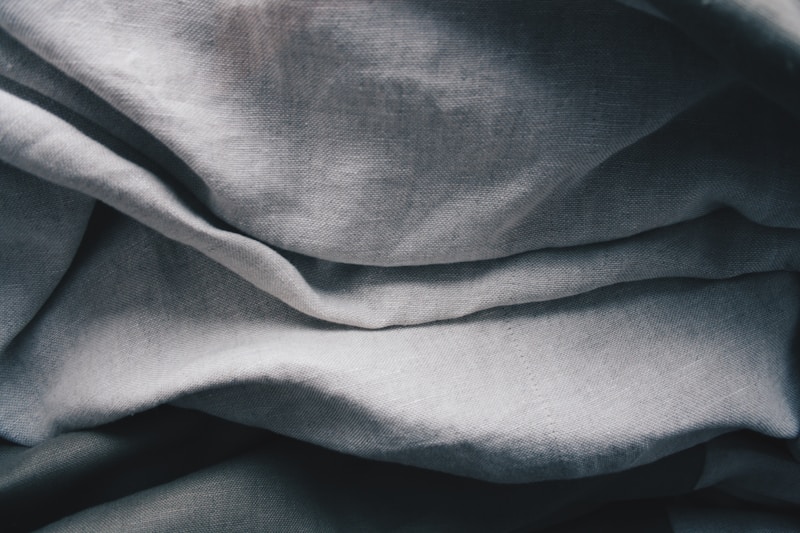Unique Fabrics for Elegant Designs: Transforming Your Creative Vision
In the world of fashion and interior design, the choice of fabric can make or break a project. The allure of unique fabrics for elegant designs cannot be overstated, as they offer a blend of luxury, creativity, and individuality. Whether you're a fashion designer aiming to create a breathtaking gown or an interior designer looking to revolutionize a space, the right fabric can elevate your designs to new heights. This article delves into the fascinating world of unique fabrics and how they can be used to achieve elegant designs.
Understanding Unique Fabrics
Unique fabrics are those that stand out not just for their color or pattern, but for their composition, texture, and the stories they tell. To appreciate these fabrics fully, one must understand their origins, types, and the craftsmanship behind them.
Types of Unique Fabrics
| Type | Description |
| Silk | A natural fabric that exudes luxury, silk is known for its smooth texture and sheen, making it ideal for elegant evening wear and drapes. |
| Velvet | This rich fabric has a soft, plush surface that elevates any design, perfect for upholstery and formal attire. |
| Lace | Delicate and intricate, lace adds a romantic touch to designs, commonly used in Wedding dresses and decorative accents. |
| Brocade | Characterized by its heavy and luxurious feel, brocade features raised designs, making it a stunning choice for regal-inspired outfits. |
| Organza | A thin, lightweight fabric, organza is often used for layering, creating volume while maintaining an ethereal look. |
| Taffeta | Known for its crispness and slight sheen, taffeta is perfect for evening gowns and formal wear, offering structure and elegance. |
How Unique Fabrics Enhance Design Aesthetics
Choosing the right fabric can transform a design from ordinary to extraordinary. Unique fabrics add depth, dimension, and personality. Here are some ways these fabrics enhance design aesthetics:
1. Texture and Visual Interest
The texture of unique fabrics can create visual interest that captivates and draws the attention of onlookers. For example, a velvet dress paired with intricate lace overlays can create a stunning contrast that is both intriguing and classy.
2. Color and Pattern
Unique fabrics often come in vibrant colors and patterns that tell a story. The choice of fabric can reflect cultural influences or fashion trends, making the design more relevant and appealing. Imagine a silk scarf with intricate Asian motifs making a simple outfit stand out!
3. Versatility in Styles
Unique fabrics provide versatility that allows designers to explore various styles and themes. Whether you're going for a vintage look with brocade or a modern twist with organza, these fabrics enable limitless creativity.
Source High-Quality Unique Fabrics
When it comes to sourcing unique fabrics for elegant designs, quality should always be a priority. Look for reputable suppliers who specialize in luxury materials. Here are some tips for finding the best fabrics:
1. Visit Fabric Shows and Expos
Attending fabric shows is an excellent way to discover new trends and unique fabrics. Events such as Première Vision in Paris showcase the latest in luxury textiles, allowing designers to network and find inspiration.
2. Explore Local Markets and Artisan Shops
Local markets often carry unique fabrics that you won’t find in mainstream stores. Artisan shops also provide access to handmade fabrics with a personal touch, perfect for one-of-a-kind designs.
3. Online Wholesale Vendors
There are numerous online platforms that cater to designers looking for unique fabrics. Websites like Fabric.com and Mood Fabrics offer a broad selection and often include rare finds that can give your designs a competitive edge.

Incorporating Unique Fabrics into Your Designs
After you've sourced your unique fabrics, it's time to incorporate them into your designs. Here are some best practices to keep in mind:
1. Understand Fabric Behavior
Different fabrics behave uniquely when cut, sewn, or worn. Understanding these characteristics will help you plan your designs accurately. For example, silk drapes beautifully, while taffeta adds structure. Consider these behaviors during your design process.
2. Consider the Overall Design Theme
Unique fabrics should align with your design concept. Match the materials wisely to the intended theme—romantic, vintage, modern, etc. This alignment ensures a cohesive and polished final product.
3. Experiment with Mixing Fabrics
Don’t shy away from mixing various fabrics for added complexity. Combining soft, delicate fabrics with heavier ones can create a striking balance that captures attention.
Conclusion: Why Unique Fabrics Matter
In conclusion, unique fabrics for elegant designs play a crucial role in the fashion and design industry. They provide the canvas for creativity while allowing designers to express their individuality and vision. Investing time and effort into sourcing and understanding these materials can yield stunning outcomes in your creations. Always prioritize quality and consider the fabric's behavior, aesthetics, and how it complements your overarching design theme. By embracing unique fabrics, you open the door to a world of elegant possibilities that can set your designs apart from the crowd. Remember, the right fabric can elevate your artistry and create a lasting impression!